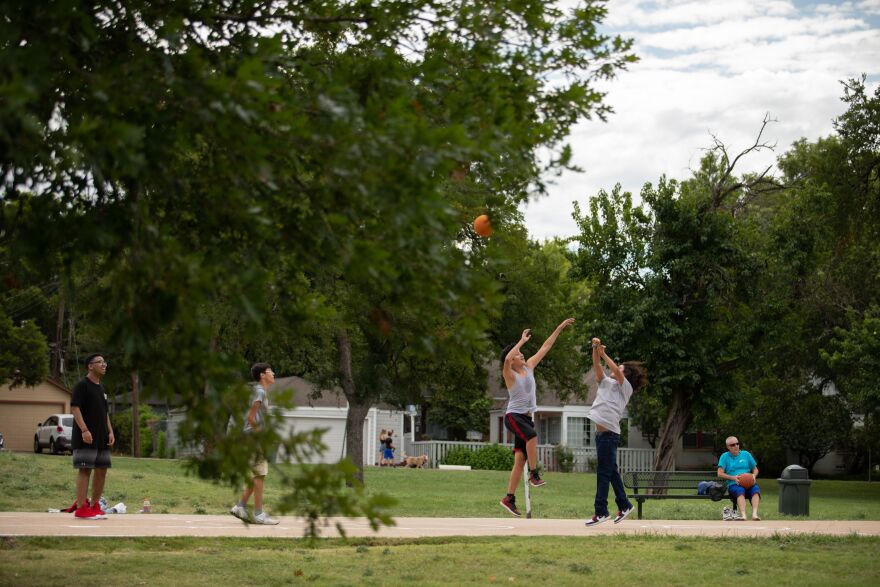The Trust for Public Land (TPL) released its annual ParkScore® index. The index ranks the 100 largest U.S. cities. This index uses Geographic Information Systems to evaluate and analyze park accessibility. Parks are ranked through five factors: access, amenities, investment, acreage and equity.
The park equity measure was added this year. TPL leaders said this new rating factor was added to “help city leaders understand and prioritize equity when making decisions about parks.”
It’s the 10th anniversary of ParkScore®. Here's what you need to know about how parks in North Texas fared:1. Plano Continues To Head The Way In Texas
Leading the pack for Texas is Plano ranking 15th in the country.
“They have a large median park size of 13.8 acres. Nearly 78% of residents have access to a park within a 10-minute walk of home, strong investment in their park system and lots of those playgrounds and basketball hoops that are so important,” Robert Kent, Texas state director for The Trust For Public Land said.
Dallas came in at 50th, which is an improvement of four spots from last year. According to the index, in Dallas 73% of residents live within a 10-minute walk of a park, which is about the national average.
Arlington came in at 78th. Fort Worth at 89th, Garland at 93rd and Irving in the 97th spot.

2. Dallas Ranks High On Park Equity
Compared to other major cities in Texas, Dallas leads in the equity measure.
This factor compares per capita park space in neighborhoods of color vs. white neighborhoods and in low-income neighborhoods vs. high income neighborhoods. It also measures how far or close parks are to communities of color.
According to the index, across the 100 cities ranked, residents in neighborhoods of color have access to 44% less park space than residents in neighborhoods that are predominantly white.
“Dallas is really leading the front for park equity with an even distribution of park access across all groups, including communities of color in low income neighborhoods,” Kent said.
3. North Texas Parks Need More Investment
The global pandemic revealed what an essential role parks play in communities.
“Parks are always essential to our communities, and they are even more valuable in times of crisis. During this extraordinary pandemic year, people relied on close-to-home parks, trails and open spaces to exercise and connect with nature more than ever,” Diane Regas, president and CEO of The Trust for Public Land, said in a statement.
Across North Texas, parks were used for things outside of recreational activities this year. They served as community centers for emergency services like food distribution, COVID-19 testing and vaccine distribution.
"As cities start to look at their budgets in the next year, we're strongly advocating to increase funding for our park departments and increase funding for our park systems."Robert Kent | Texas director for The Trust For Public Land
But TPL is concerned about the economic impact the pandemic will have on parks and warns of COVID-related budget cuts.
“As cities start to look at their budgets in the next year, we're strongly advocating to increase funding for our park departments and increase funding for our park systems,” Kent said.
TPL is calling on Congress to pass the Parks, Jobs and Equity Act, which would provide a funding boost of $500 million to local parks systems across the country.
The nonprofit is leading a coalition of more than 300 organizations, businesses and community groups to support the act and investment in creating parks and open space in historically marginalized communities.
Got a tip? Alejandra Martinez is a Report For America corps member and writes about the impact of COVID-19 on underserved communities for KERA News. Email Alejandra at amartinez@kera.org. You can follow Alejandra on Twitter @alereports.
KERA News is made possible through the generosity of our members. If you find this reporting valuable, consider making a tax-deductible gift today. Thank you.




